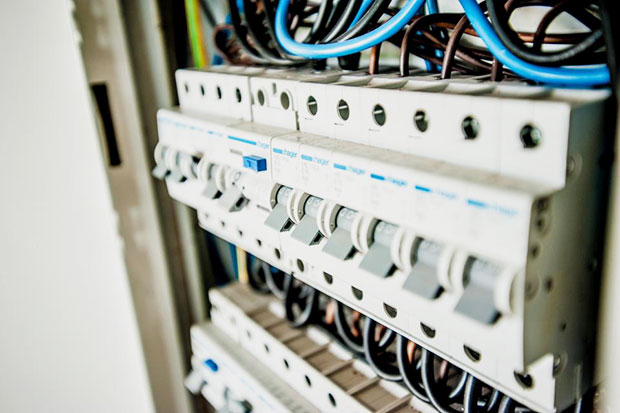Life is all about change. Day turns to night, the seasons change, and even our home’s requirements will change along with our needs. Part of our homes that will require upgrading for a number of reasons are our electrical switchboards. These are the hubs in our homes where electricity is taken from the mains and distributed through to different parts of the house. Before we can look at how a switchboard can be upgraded, we must first look at why they need to be upgraded.

Why should we upgrade our switchboards?
Safety of a home’s inhabitants should always be the primary reason for upgrading a switchboard. If you’ve lived in the same home for a number of years, or have recently moved into an older home, chances are your switchboard may not comply with current Australian regulations.
With older switchboards using fuse boxes to prevent catastrophe, many of them do not contain the lifesaving Residual Current Device (RCD). An RCD detects the flow of electricity through your home, instantly cutting the power when it detects a life-threatening scenario and preventing electrocution. Modern switchboards will also monitor a home’s wiring, ensuring the whole electrical system is running as efficiently as it can be.
Can your switchboard handle a bigger home?
While improving the safety of an older home’s switchboard is a key reason to upgrade, it is not the only one. Home renovations can require upgraded switchboards based on what changes are being made. Simple cosmetic updates may not require any works to the switchboard, but what happens when we are adding new bathrooms, bedrooms or even an entire level?
Increasing the size of a home generally leads to an increase in the amount of electricity it can draw. Additional rooms will normally mean more power and light points, with more electrical appliances drawing current. This additional load can be too much for the existing switchboard, leading to the switchboard breaking circuits to prevent any hazards. In addition to the extra electrical load from making the home larger, home owners may find that heating and cooling their upgraded home may need a stronger climate control system.
Catering for specialised equipment
Upgrading switchboards can be for safety or for the additional requirements of a renovation, but one often overlooked reason for upgrading is due to installation of specialised equipment within the home. This equipment can take many different forms such as vehicle hoists for the budding mechanic, elevators and rails to assist people that are mobility impaired and larger air conditioning systems for bigger homes.
Most residential properties will run on single phase power, providing 240 volts to our lights and electrical appliances. There are, however, instances where this is simply not enough requiring an upgrade to three-phase power. Three-phase, usually seen in commercial settings, can comfortably provide 400 volts and is designed to feed larger appliances.
Heating and cooling a larger home is no easy task, which is where the need for a three-phase air-conditioning system comes into its own. An underpowered system will struggle to maintain the home at a constant temperature, and the additional strain it undergoes will lead to it breaking down far sooner than it should.
When it comes to upgrading a homes switchboard, all works will need to be carried out by a licensed and appropriately qualified electrician. Carrying out the works yourself is not only risky, due to the extreme nature of electricity, but is also illegal. An experienced electrician will be able to understand your needs and will guide you to making the right decision based on those needs and safety factors.
Whether you are wanting to update an out of date switchboard or are renovating parts of your home, give the friendly team at Everest Electrical a call on 0410 229 139.

